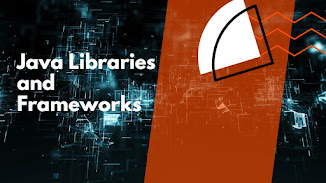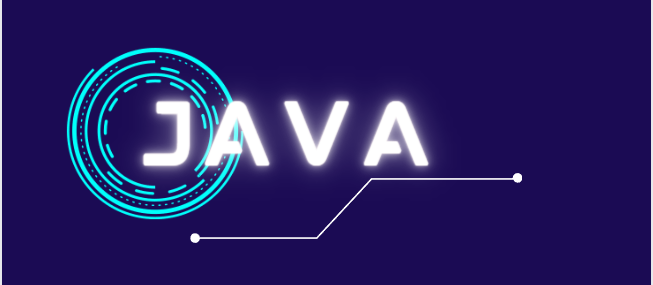The Advancements in Technology and their Impact on Society
Technology is constantly evolving, and new advancements are being made at a rapid pace. These developments are shaping the way we live, work and communicate in significant ways. From artificial intelligence and the Internet of Things, to 5G and quantum computing, technology is driving innovation and progress in nearly every industry. One of the most significant impacts of technology is the way it has transformed the way we communicate. The rise of social media and messaging platforms has made it easier for people to connect with each other from anywhere in the world. Additionally, new technologies like virtual reality and augmented reality are making it possible for people to experience things in new and exciting ways. Another area where technology is having a big impact is in the field of healthcare. Advancements in medical technology are helping doctors to diagnose and treat patients more effectively, while also making healthcare more accessible to people in remote and underserved ar...


